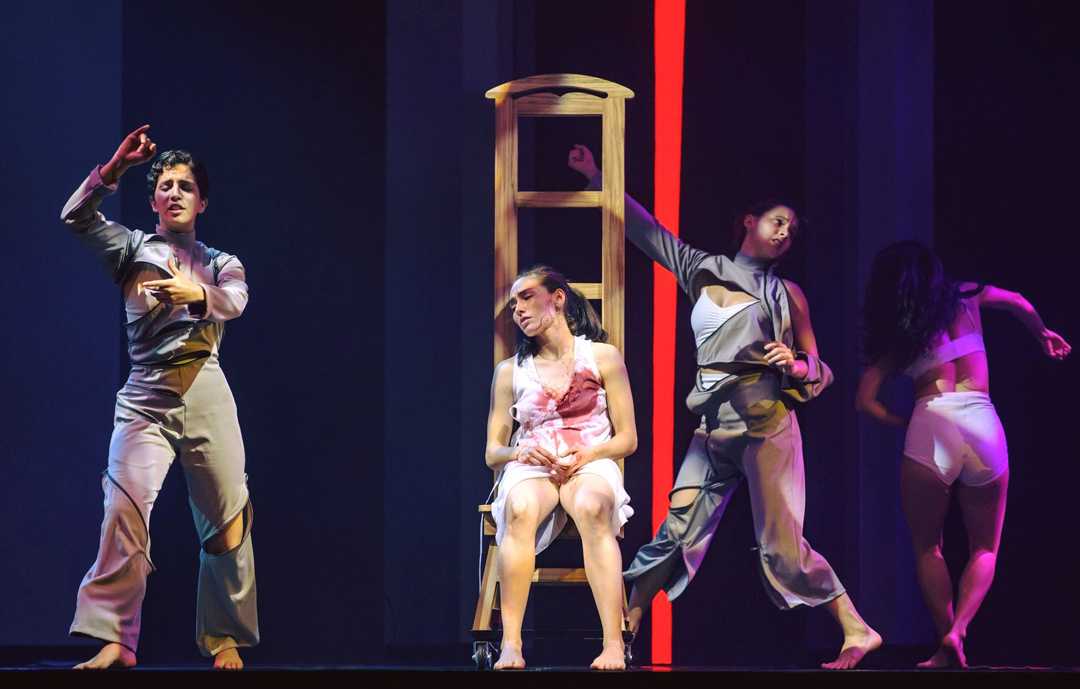ChamSys helps create stories for Cicatriz
- Details

Taking place at the Universidad Nacional de Costa Rica School of Dance in late 2019, the production won the national Mireya Barboza 2019 award for best designed dance show in February. It captivates audiences by presenting a series of stories built around its central them.
“The movement and choreography are what set the pace for our stories,” said Piedra. By creating textures and moods with colours and patterns, lighting supports these stories.”
This production marked the first time that Piedra used a ChamSys console. He recalled how the MQ80 contributed to his creative effort, making it easier for him to manage the variety of looks called for by the show’s procession of stories. He was also impressed by how the fluidity of the console’s user interface allowed him to change fixture positions and colours in less time.
“In a production such as this one, where there were so many components and so many changes of scene, it was very important to have a smooth workflow,” said Piedra. “The ChamSys console aligned with my creative process. This was fantastic, because it let me focus on what is truly important, telling the story and creating the right visuals.
“The MQ80’s encoders and the touch screen made it very easy for me to start creating cues and looks,” he continued. “Having the soft buttons and encoders next to the screen made the programming process much faster. I also loved how I could manage the scenes in each fader to keep better track of each scene and be able to go back easily. With the cue Stack, it was great to have a single stack for each scene. This made it easy for me to manage a large number of cues, without worrying about it. I designed each scene separately one stack at the time and if I needed to go back to a scene was super simple.”
Piedra’s creative effort was also aided by the collaborative work of the team involved in the production, including the head of the project Nandayure Harley, Dance Company Compañía de Cámara Danza UNA, producer Mario Blanco from Costa Rica’s Nacional University, tech director Christian Villalobos, assistant LD Manfred Rivera, composer/producer Carlomagno Araya, theatrical director Reynaldo Amien, dance director and choreographer Nandayure Harley and costume designer Carla Morales.
















